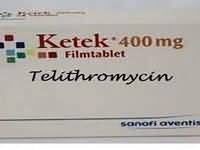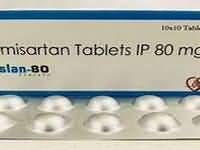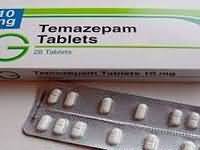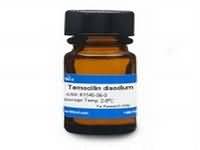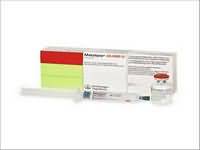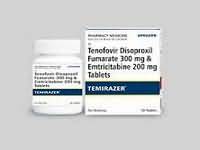Zolmitriptan

CLINICAL USE
Acute treatment of migraine
DOSE IN NORMAL RENAL FUNCTION
2.5–5 mg, repeated after 2 hours if required; maximum 10 mg in 24 hours
PHARMACOKINETICS
Molecular weight : 287.4 %Protein binding : 25 %Excreted unchanged in urine : 60 (as metabolites) Volume of distribution (L/kg) : 2.4 half-life – normal/ESRD (hrs) : 2.5–3/3–3.5 DOSE IN RENAL IMPAIRMENT
GFR (mL/MIN)
20 to 50 : Dose as in normal renal function 10 to 20 : Dose as in normal renal function <10 : Dose as in normal renal function DOSE IN PATIENTS UNDERGOING RENAL REPLACEMENT THERAPIES
CAPD : Unknown dialysability. Dose as in normal renal function HD : Unknown dialysability. Dose as in normal renal function HDF/high flux : Unknown dialysability. Dose as in normal renal function CAV/VVHD : Unknown dialysability. Dose as in normal renal function IMPORTANT DRUG INTERACTIONS
Potentially hazardous interactions with other drugs Antibacterials: quinolones possibly inhibit metabolism – reduce dose of zolmitriptan Antidepressants: risk of CNS toxicity with MAOIs and moclobemide – reduce dose of zolmitriptan to max 7.5 mg; SSRIs inhibit metabolism of zolmitriptan; possibly increased serotonergic effects with duloxetine; increased serotonergic effects with St John’s wort – avoid concomitant use Cimetidine: inhibits metabolism of zolmitriptan; maximum dose is 5 mg Ergot alkaloids: increased risk of vasospasm Linezolid: risk of CNS toxicity – reduce dose of zolmitriptan ADMINISTRATION
Reconstition
– Route
Oral Rate of Administration
– Comments
– .
See how to identify renal failure stages according to GFR calculation
See how to diagnose irreversible renal disease
Home

